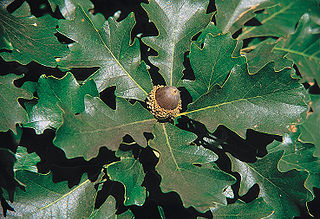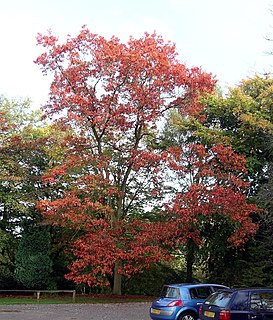| Chionodes fuscomaculella | |
|---|---|
 | |
| Scientific classification | |
| Kingdom: | Animalia |
| Phylum: | Arthropoda |
| Class: | Insecta |
| Order: | Lepidoptera |
| Family: | Gelechiidae |
| Genus: | Chionodes |
| Species: | C. fuscomaculella |
| Binomial name | |
| Chionodes fuscomaculella (Chambers, 1872) | |
| Synonyms | |
| |

Chionodes fuscomaculella is a moth in the Gelechiidae family. [1] It is found in North America, where it has been recorded from Nova Scotia and Quebec to Florida, south-western Wisconsin, eastern Texas and eastern Oklahoma. [2] [3]

Moths comprise a group of insects related to butterflies, belonging to the order Lepidoptera. Most lepidopterans are moths, and there are thought to be approximately 160,000 species of moth, many of which have yet to be described. Most species of moth are nocturnal, but there are also crepuscular and diurnal species.

The Gelechiidae are a family of moths commonly referred to as twirler moths or gelechiid moths. They are the namesake family of the huge and little-studied superfamily Gelechioidea, and the family's taxonomy has been subject to considerable dispute. These are generally very small moths with narrow, fringed wings. The larvae of most species feed internally on various parts of their host plants, sometimes causing galls. Douglas-fir (Pseudotsuga) is a host plant common to many species of the family, particularly of the genus Chionodes, which as a result is more diverse in North America than usual for Gelechioidea.

North America is a continent entirely within the Northern Hemisphere and almost all within the Western Hemisphere; it is also considered by some to be a northern subcontinent of the Americas. It is bordered to the north by the Arctic Ocean, to the east by the Atlantic Ocean, to the west and south by the Pacific Ocean, and to the southeast by South America and the Caribbean Sea.
The forewings are dusted with brown, aggregated into irregular spots and blotches. [4]
The larvae feed on Quercus macrocarpa , Quercus rubra , Fagus grandifolia and Carya species.

Quercus macrocarpa, the bur oak, sometimes spelled burr oak, is a species of oak in the white oak section Quercus sect. Quercus, native to North America in the eastern and central United States and eastern and central Canada. This plant is also called mossycup oak and mossycup white oak.

Quercus rubra, commonly called northern red oak or champion oak, is an oak in the red oak group. It is a native of North America, in the eastern and central United States and southeast and south-central Canada. It grows from the north end of the Great Lakes, east to Nova Scotia, south as far as Georgia, Alabama, and Louisiana, and west to Oklahoma, Kansas, Nebraska, and Minnesota. It has been introduced to small areas in Western Europe, where it can frequently be seen cultivated in gardens and parks. It prefers good soil that is slightly acidic. Often simply called red oak, northern red oak is so named to distinguish it from southern red oak, also known as the Spanish oak. It is also the state tree of New Jersey and the provincial tree of Prince Edward Island.

Fagus grandifolia, the American beech or North American beech, is the species of beech tree native to the eastern United States and extreme southeast Canada.

